PRODUCT DESCRIPTION
The Anti-Acidic Epoxy Floor Top Coating is a high-performance flooring solution specifically designed to provide exceptional resistance against acidic substances. This advanced coating is ideal for environments that require protection against corrosive chemicals, such as laboratories, manufacturing facilities, and chemical processing plants.
Crafted with meticulous attention to detail, the Anti-Acidic Epoxy Floor Top Coating offers a seamless and durable surface that effectively safeguards against chemical damage and abrasion. Its unique composition combines epoxy resin with a specialized anti-acid hardener, resulting in a resilient and long-lasting protective layer.
One of the key advantages of this top coating is its ability to maintain its quality and integrity over time. The Anti-Acidic Epoxy Floor Top Coating resists the formation of cracks, ensuring a smooth and even surface that remains impervious to chemical spills and mechanical stresses. This durability significantly reduces maintenance requirements and extends the lifespan of the coated surface.
In addition to its exceptional resistance to acids, this epoxy floor coating is also waterproof, providing an added layer of protection against moisture penetration. The seamless coating application eliminates seams and cracks, creating a hygienic environment that is easy to clean and maintain.
The versatility of the Anti-Acidic Epoxy Floor Top Coating extends to its compatibility with various surfaces, including concrete, metal, and stone. This makes it suitable for various applications, allowing for consistent protection and enhanced durability across different substrates.
To ensure maximum performance and longevity, it is recommended to follow the manufacturer’s instructions for application, including proper surface preparation and curing procedures. By adhering to these guidelines, you can enjoy the full benefits of the Anti-Acidic Epoxy Floor Top Coating, creating a safe and resilient flooring solution that withstands the harshest chemical environments.
When considering re-coating an acid-proof epoxy floor coating in a project, the following products are suitable for the task:
1. Alkyd, phenolic alkyd, silicone alkyd, and urethane alkyd
2. Two-component epoxy
3. Polyurethane
4. Acrylic
For the immediate application of an additional layer over the anti-acid epoxy floor coating, the following protective coatings can be used:
1. Two-component acrylic
2. Acrylic latex
3. Chloro ruber (Chlorocaoutchouc)
4. Polyamide Epoxy High Build
5. Two-component polyurethane
Features
- Resistance to all types of acids
- Resistance to chemicals and destructive substances
- Good resistance to mechanical forces
- Good adhesion to concrete floor
- Resistant to solvents
- Can be used on all types of concrete, metal and stone surfaces
- Ideal chemical properties
- High abrasion and pressure resistance
Applications
- In general, in any case where the surface of concrete is in contact with acidic materials, you can use anti-acid epoxy floor covering.
- Anti-acid epoxy flooring for chemical factories
- Anti-acid epoxy flooring for petrochemicals
- Anti-acid epoxy flooring for packaging industries
- Anti-acid epoxy flooring for pharmaceutical factories
- Anti-acid epoxy flooring in military industries
- Anti-corrosion epoxy flooring for industrial and electronic factories
- Epoxy flooring, anti-acid coating of textiles
- Anti-acid epoxy flooring for slaughterhouses and cold stores
- Anti-acid epoxy flooring for power plants
- Anti-acid epoxy flooring for workshops
- Anti-acid flooring for hospitals
Packaging
- –
Colour
- Cream (available in other dark colors)
technical specifications
|
color |
Cream (available in other dark colors) |
|
Mixing ratio |
A:B= 100:18 |
| density |
1.4g/cm3 |
|
Volume percentage of solid materials |
100% |
| Optimal thickness |
1000μm |
|
Initial setting time |
24hours |
| Final setting time |
1 day |
|
Shelf time |
1 year |
| How to harden |
the chemical reaction between the components |
- Assess project requirements thoroughly.
- Engage with suppliers and manufacturers for expertise.
- Ensure proper surface preparation for adhesion.
- Consider substrate compatibility for optimal performance.
- Follow the manufacturer’s application guidelines strictly.
- Provide proper ventilation during application.
- Implement quality control measures for a high-quality finish.
- Communicate maintenance guidelines to clients or facility owners.
- Stay updated on industry advancements for continuous improvement.
- Collaborate with experts in specialized fields for complex projects.
- Familiarize yourself with the product specifications.
- Ensure proper surface preparation for adhesion.
- Adhere to application guidelines strictly.
- Consider environmental factors during application.
- Train and educate your team on handling and safety.
- Prioritize safety measures for workers and the environment.
- Conduct regular quality checks during application.
- Communicate maintenance guidelines to the client.
- Maintain good communication with the manufacturer.
- Seek continuous improvement for future projects.
Surface Preparation:
- Clean and prepare the substrate thoroughly.
- Repair any cracks or defects.
Mixing:
- Follow the manufacturer’s instructions for mixing ratios.
- Ensure a homogeneous mixture.
Application:
- Apply a primer coat is recommended.
- Use a roller or applicator for even coverage.
- Maintain consistent application thickness.
Leveling and Smoothing:
- Use a squeegee or leveling tool to achieve a flat surface.
- Remove excess material and air bubbles.
Curing and Drying:
- Allow the coating to cure according to the recommended time.
- Ensure proper ventilation during drying.
Additional Coats (if applicable):
- Follow the manufacturer’s guidelines for multiple coats.
Final Inspection:
- Inspect the surface for imperfections.
- Perform necessary touch-ups or repairs.
- Pre-Application Inspection: Thoroughly inspect the substrate and surface preparation.
- Mixing and Proportions: Follow proper mixing ratios and ensure a homogeneous mixture.
- Application Thickness: Measure and monitor the coating thickness during application.
- Visual Inspection: Regularly inspect for surface defects and inconsistencies.
- Curing and Drying: Monitor curing time and conditions for proper drying.
- Adhesion Testing: Conduct tests to assess bond strength between coating and substrate.
- Gloss and Appearance: Evaluate the final appearance and cosmetic aspects.
- Documentation and Record-Keeping: Maintain detailed records of the quality control process.
technical documents
Photo Gallery
Technical documentation request


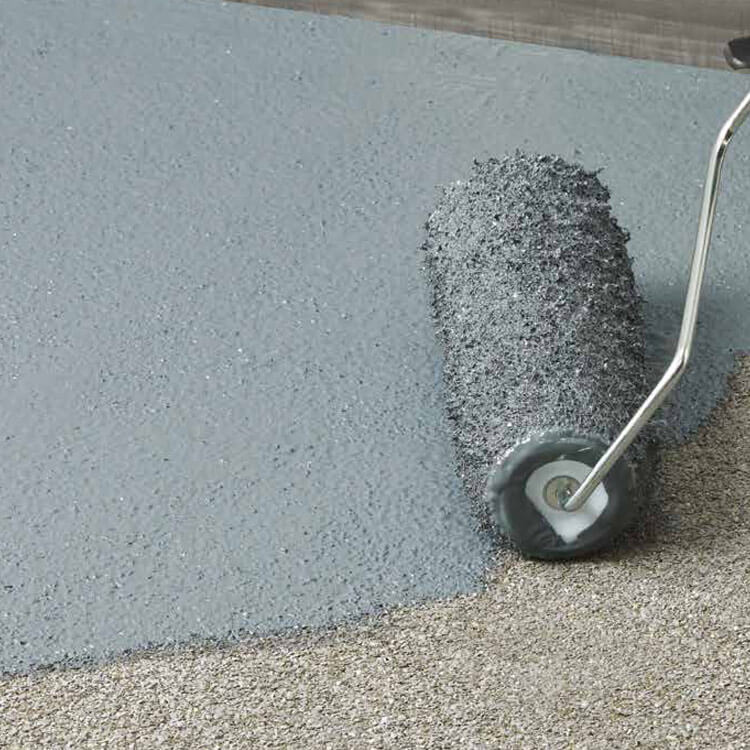



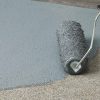
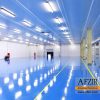

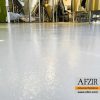
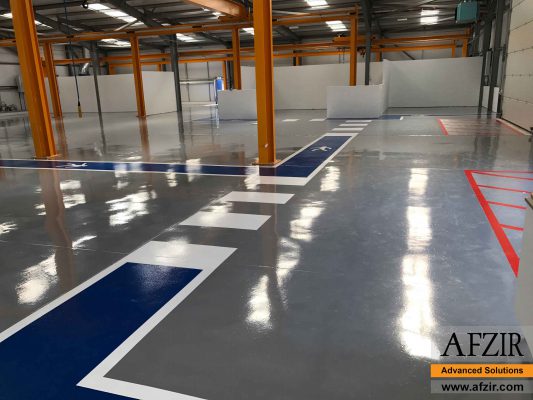
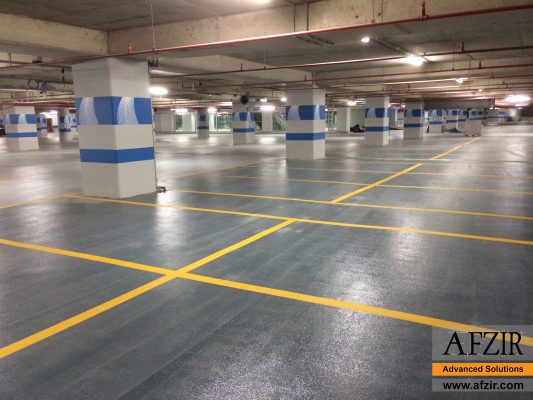






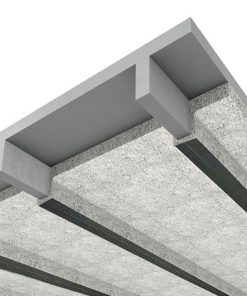

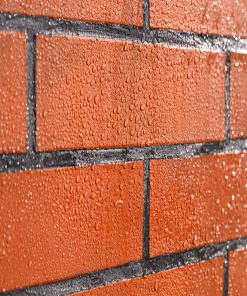
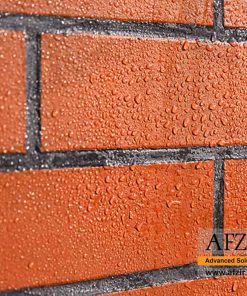
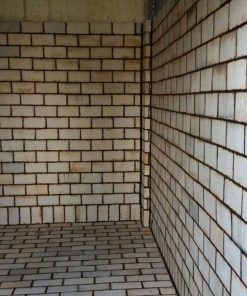

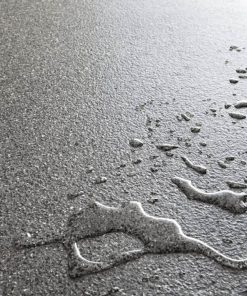





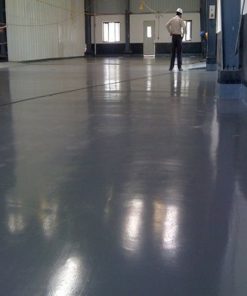

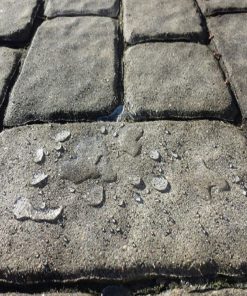

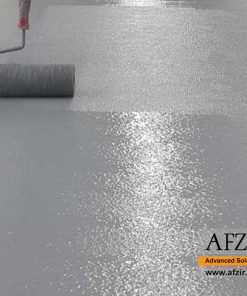


Be the first to review “Anti acidic epoxy floor top coating”